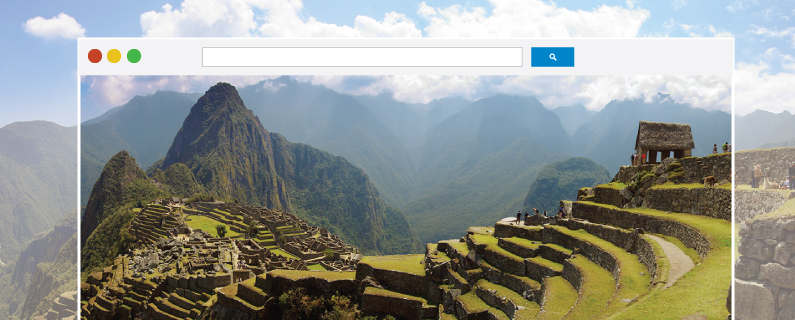
Why You Should Choose a Fair Use Image
So you have a great new post on social media that you are about to blast out to the world. But first, you keep hearing that the key to a great post is a great image to go along with it. So what do you do? Well a nice little Google search, a simple copy and paste, and you are ready to go. NO! WAIT! Stop everything you are doing and listen to me……. Still listening? Good. Although a Google image is the easiest option, it is also completely illegal. If you are okay with that cease and desist order you will be receiving shorty or being sued by Getty images, then sure go ahead and blast away. But if you don’t feel like spending the night in jail, there are many ways that you can stick to your brand and still put out great content with fair use images.
Create Your Own Content
With a computer in your pocket (aka your smartphone), it’s easier than ever to create your own content. Your phone is a high powered device with a camera that is capable of taking incredible pictures.
More comfortable with a camera? For personal use, I use an affordable Sony a6000. Once you learn how to use, it can be as powerful as any high end camera. Now you may not be a professional photographer, but depending on the image’s use, it may not matter. Personal photos have a more grounded feel to them. This gives your photos more of a personal touch that can make customers feel more connected to you and your company, which also are perfect for social media.
I encourage you to to take more pictures for your business using either your smartphone or a camera.
Stock Images
Although we don’t recommend using a lot of stock photos, in a pinch it’s a great option. This is by far the simplest way to get great images quick and legally. With websites like iStock, you can find high quality photos to illustrate concepts that fit your brand. Depending on the image, using their photos can run you anywhere from $10 all the way up to $40. The good news is that after you purchase the photo, you legally can use that photo for mostly anything including advertising, marketing, apps, websites, social media and a number of other uses. If you are planning on using a lot of these images, then it would be a good idea to purchase one of the image subscription plans, but like I said, always try to take your own.
Google Free-to-Use
I lied a little bit before, you can go to Google and find images that are of ok use, but there is a trick to it. So how do you do this? After you do a Google search for your image, you need to make some quick tweaks in the search settings. Below the search bar click on settings > advanced search > and change the usage rights tab to the option you want. Now before you go blasting this photo everywhere, Google recommends legitimizing the image. In Google’s words “make sure that the image’s license is legitimate and check the exact terms of reuse. For example, the license might require that you give credit to the image creator when you use the image.” These photos are not as high quality, but again are fair use images if you are in a pinch.
The only big drawback to either of these options is that any photo you find can easily be used by another company, so you don’t have the sole rights to that photo. Another problem is that a lot of stock photos have a very stock photo feel to them, which isn’t always a bad thing. But to me, those photos can seem a little fake and contrived. I mean come on, no one is this happy when discussing projects. (Except Allen. Never forget Allen.)

Photo credit: istockphoto.com
Like I said, stock photos can be great if need be, but we really do recommend taking your own photos. Then you will never have to worry about fair use and can show off your company more naturally. Roundpeg is a content marketing company that can help you plan and strategize your content.
